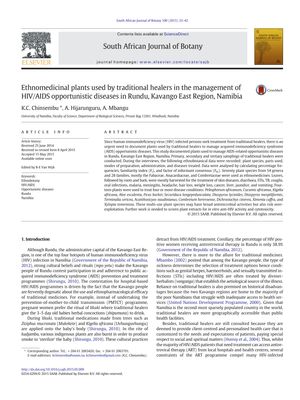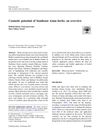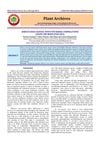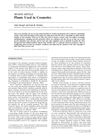Ethnomedicinal Plants Used by Traditional Healers in the Management of HIV/AIDS Opportunistic Diseases in Rundu, Kavango East Region, Namibia
June 2015
in “
South African journal of botany
”

TLDR Traditional healers in Namibia use 70 different plants to treat AIDS-related diseases, and more research is needed to test these plants' effectiveness against HIV.
The study conducted in Rundu, Kavango East Region, Namibia, aimed to document the plants used by traditional healers to manage AIDS-related opportunistic diseases. The research identified 70 plant species from 54 genera and 28 families, with the most common families being Fabaceae, Anacardiaceae, and Combretaceae. The parts of the plants most frequently used were leaves, roots, and bark, and these were applied to treat a variety of conditions including skin diseases, diarrhea, sexually transmitted infections (STIs), tuberculosis (TB), coughs, oral infections, malaria, meningitis, headache, hair loss, weight loss, cancer, liver issues, jaundice, and vomiting. Fourteen plants were highlighted for their ability to treat four or more disease conditions, suggesting potential broad antimicrobial activities. However, there is a concern for the risk of over-exploitation of these plants. The study concluded that further research is necessary to test the anti-HIV activity and cytotoxicity of these plant extracts in vitro.





